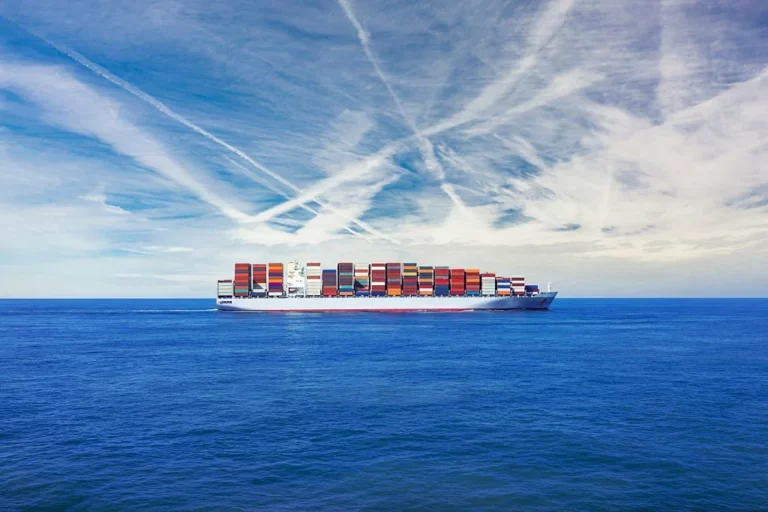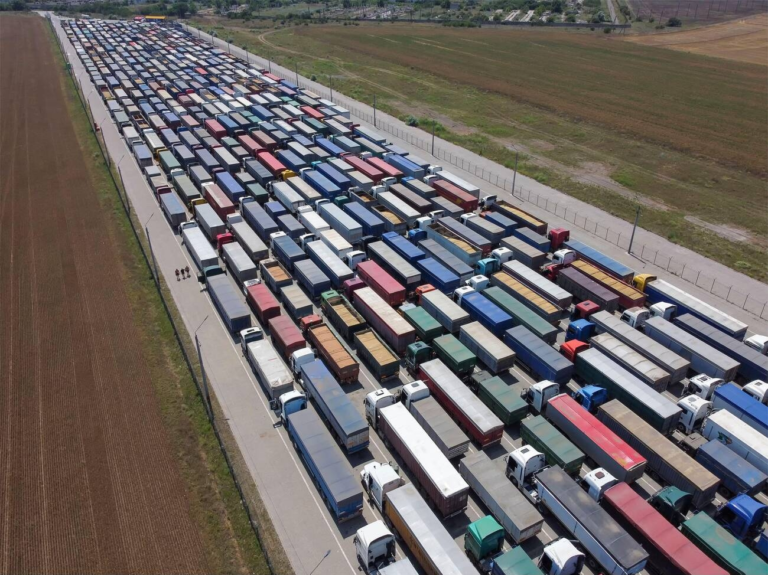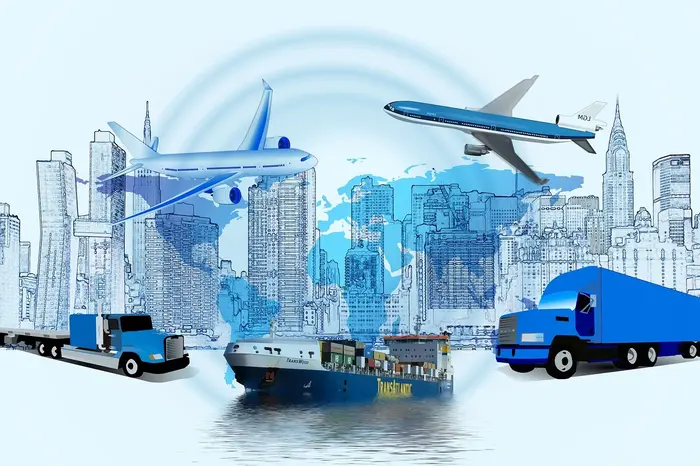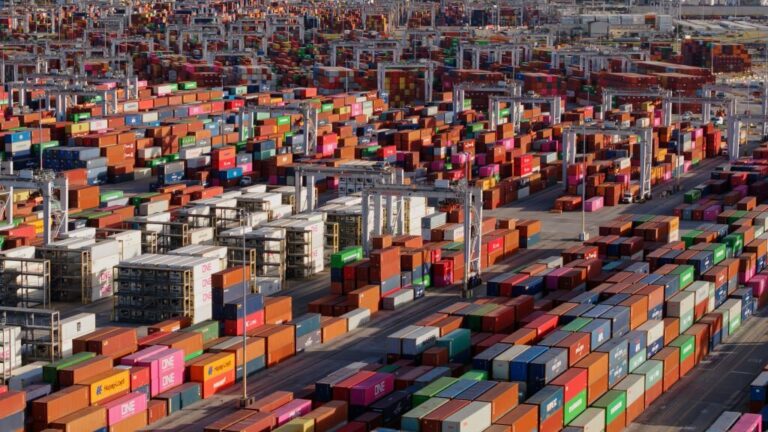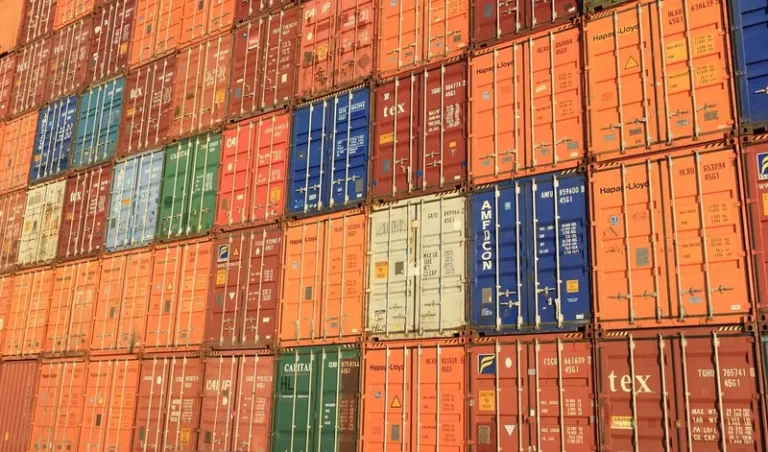4 Factors to consider before choosing a TMS software
Supply chain professionals face a daunting decision when selecting the right transportation management system (TMS Software) for their organizations. With several entrants joining this space recently, it has become more difficult than ever to decide on an appropriate solution that is also cost-effective and suits your needs well enough before choosing one with these features or opting out of using any at all if need be – which would mean giving up some key benefits altogether!
Here are the four factors you should consider before you choose a Transport Management system for your supply chain.
1. Think ROI
When selecting a Transportation Management System (TMS), it’s crucial to avoid rushing the decision-making process. Companies should establish realistic timelines and focus on finding a solution that can scale with their business requirements over the next five to ten years. A suitable TMS should provide a return on investment (ROI) within 15 months and deliver savings of approximately 3%-7% on transportation costs, emphasizing the importance of a thoughtful and strategic choice.
The key is to prioritize the best system fit rather than being influenced by existing relationships or marginal cost differences between vendors. A slightly higher or lower price should not dictate the decision if the solution aligns better with your long-term logistics goals. To know more about TMS, check out this What is Transportation Management System.
2. Look at your scenarios, not just the product features
When weighing new TMS options, getting hung up on features is tempting. However, organizations should avoid emphasizing the number of buttons or other technical specifications because this can distract from key considerations when deciding which system best suits your business needs.
So, what should you do alternatively? Make use of your “super users” — the team that will actively be using the TMS once it is deployed. These individuals could be in charge of determining priorities, defining problems and developing a business case for any new initiatives or changes needed within your company so that you can make informed decisions about them.
The best way for a company to do this is by developing scenarios based on what they might need to downpour future projects. These testing grounds help vendors show off features but at the same time, reveal their systems’ capabilities when supporting an organization’s process – something every firm must consider before purchasing software!
Taking the right amount of time and involving people in an implementation process tailored to their skills and experience levels allows you as much chance at success.
3. Ask for case studies
Instead of identifying a date and pushing toward it, organizations should begin with the details and work to determine an appropriate timetable. The new TMS can make significant changes on both the organizational side as well as process improvement initiatives within businesses themselves- so this requires careful planning throughout all levels for a successful implementation!
Valuable information can only be obtained by asking the right questions. When evaluating transportation management system companies, ensure you thoroughly understand their offerings and capabilities. Ask about case studies or examples of their experience working with companies that share similar goals to yours. This will provide insight into how their TMS solutions can support your needs and whether the system aligns with your organization’s current infrastructure.
4. TMS software is not for everyone
Companies often purchase TMS platforms that are more complex than they need. They then struggle to figure out how best to use the system, leading them down an expensive path without any clear benefits for their organization’s productivity or efficiency.
In addition, many studies have been done on this topic, including studies by Gartner, BCG, etc. One common theme among most research findings is “too much choice” – customers seem happiest when faced with fewer options that answer their most specific questions. In fact, many companies might not need expensive and extensive TMS software but a cost-effective, customized solution that could fit their business needs.
Alternatively, here’s what we would suggest
Suppose you want to start with an automation solution that best fits your business needs and requirements. In that case, you should explore an easy-to-use, customizable, multi-modal logistics solution, which is also highly scalable as and when your business grows. Not to mention, such SaaS solutions are the easiest to deploy, hardly require any training to start using and are highly intuitive. These affordable solutions make it easier for medium and smaller companies to optimize their supply chain efficiencies cost-effectively.
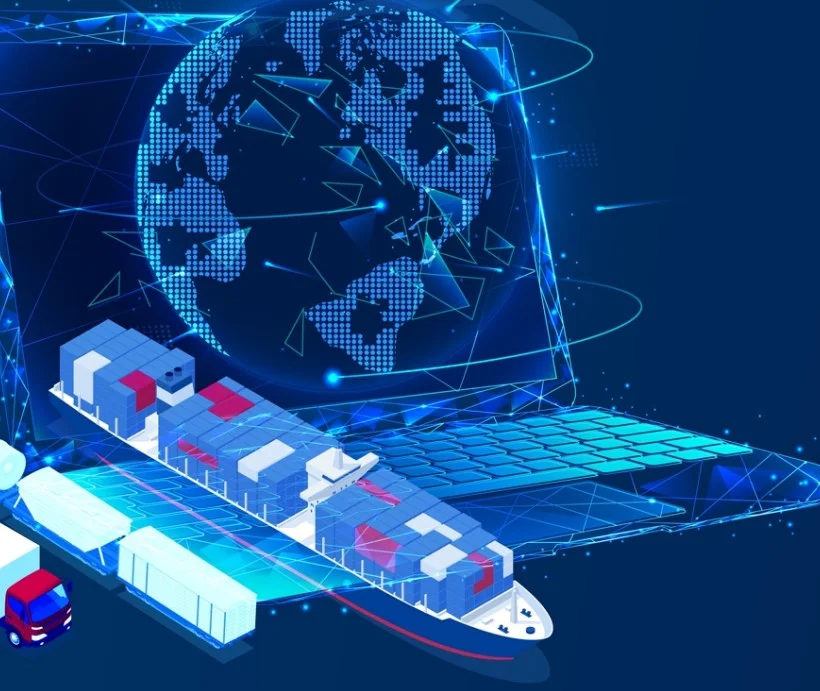
Get 15 days free trial of our TMS solution.
Access to the most reliable sailing schedules, live port delay status, freight rate benchmark and real-time container
tracking.
Feel free to fix a free walkthrough demo of how GoComet’s solution can help you drive double-digit cost savings in your supply chain while eliminating all the pain points you may currently face due to the lack of automation.


